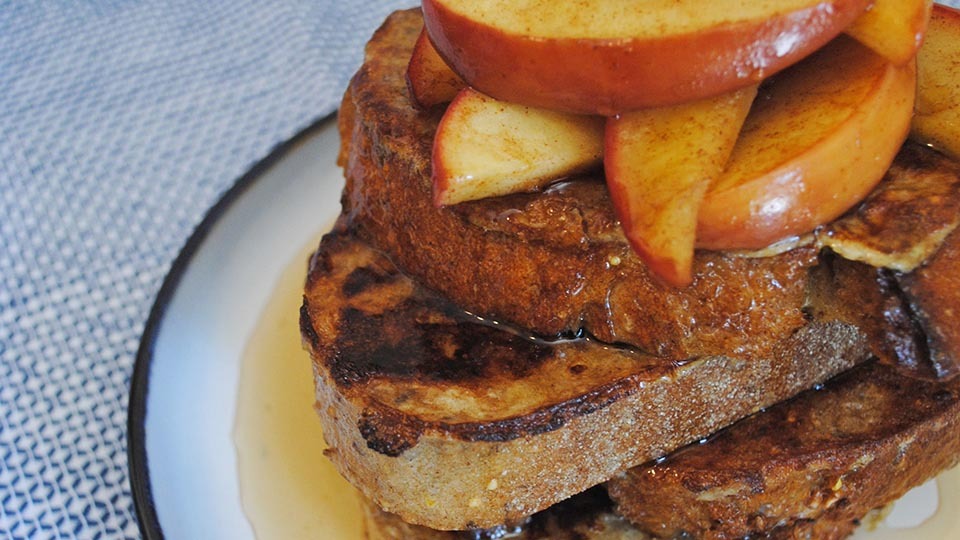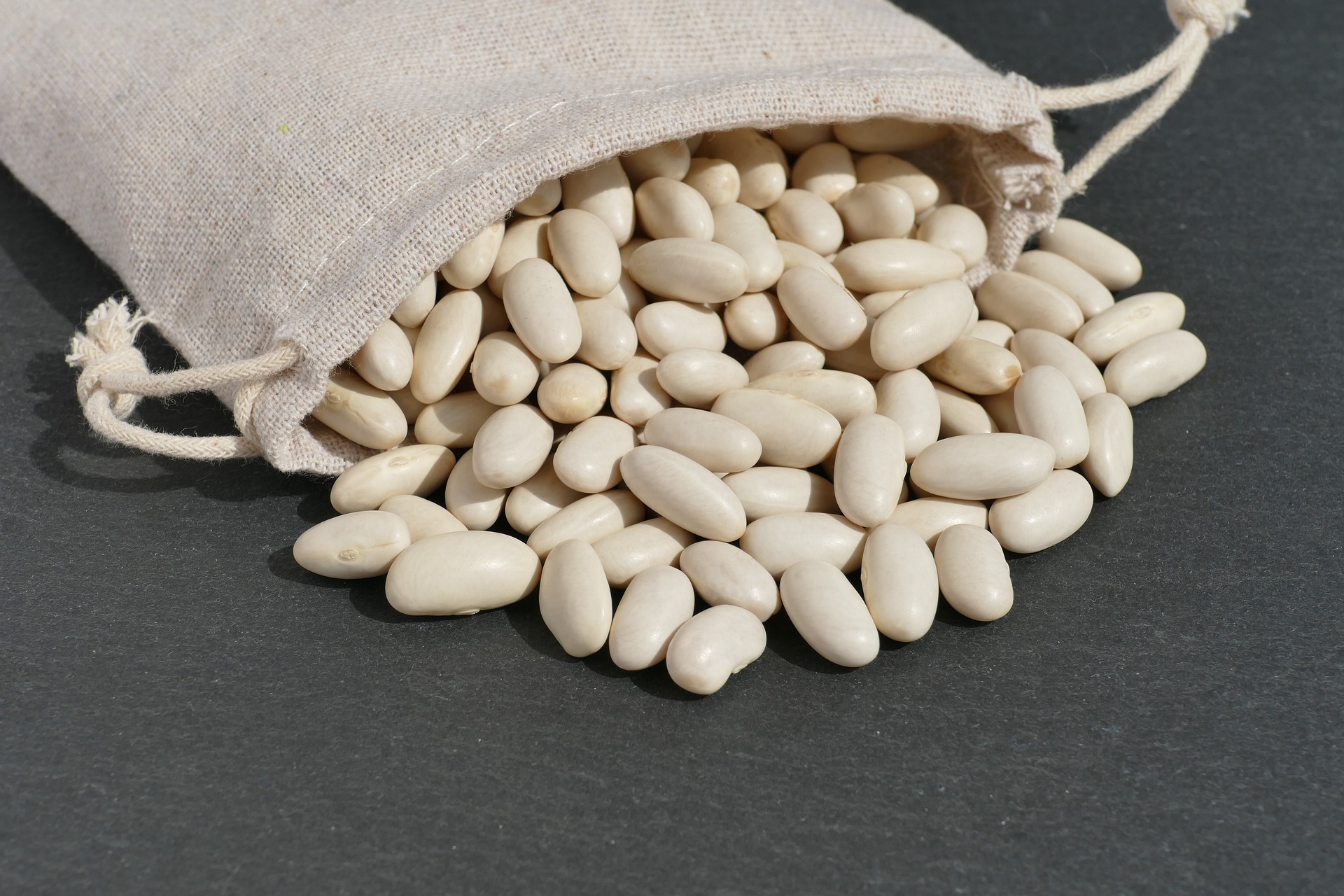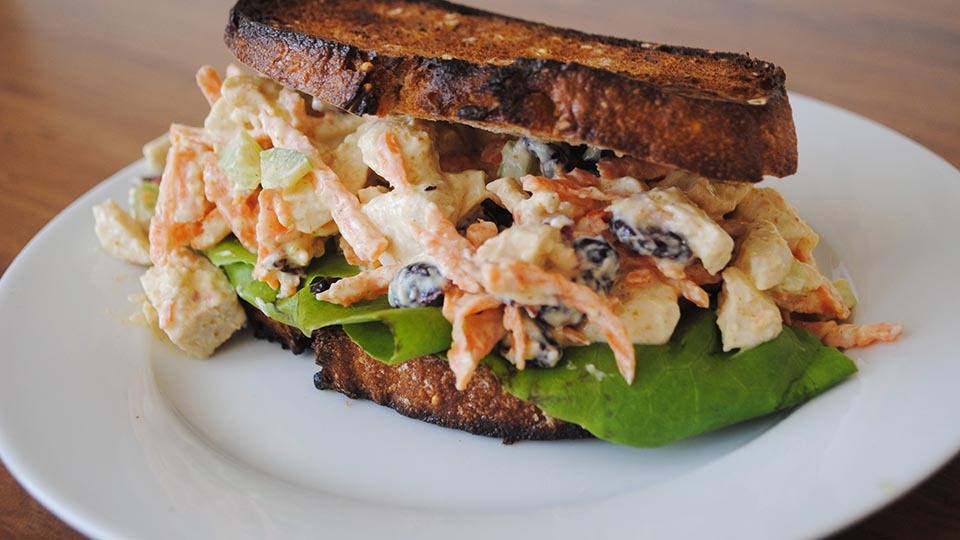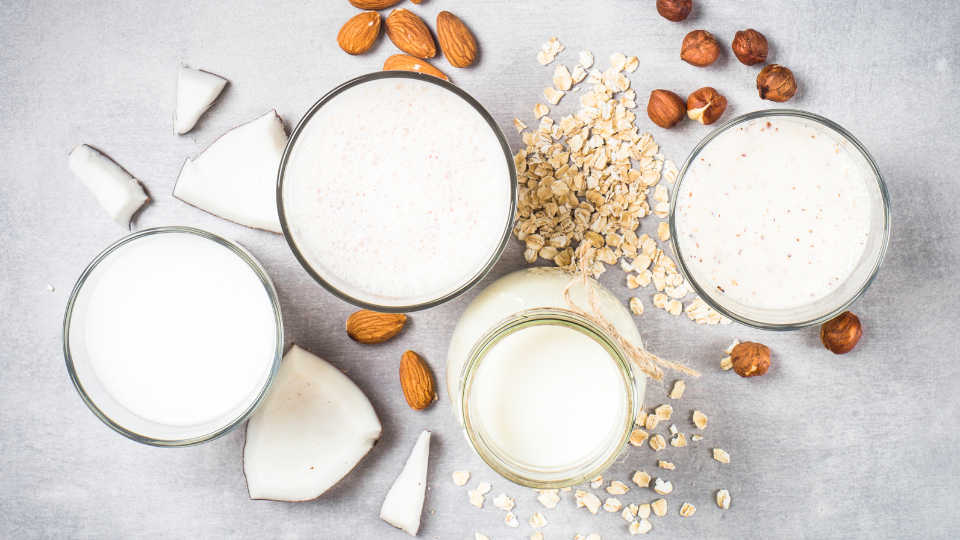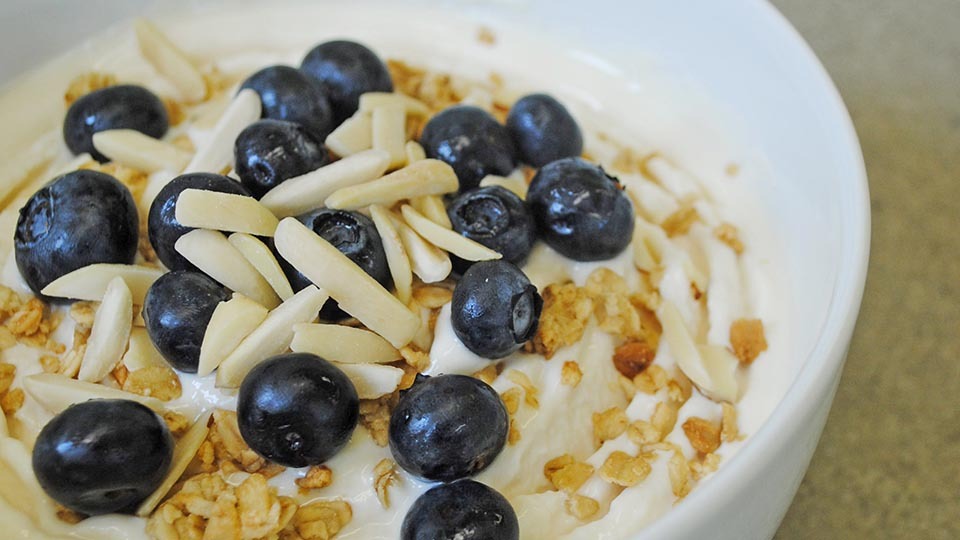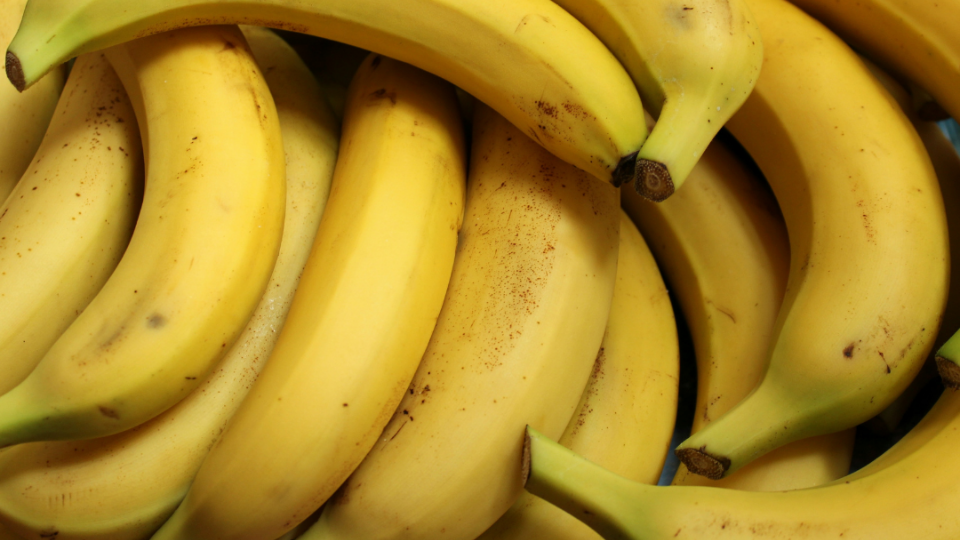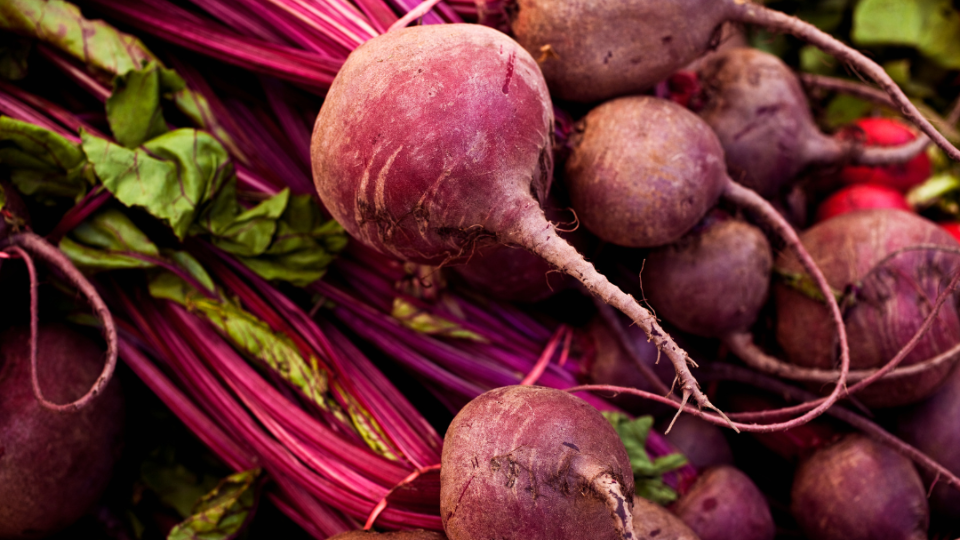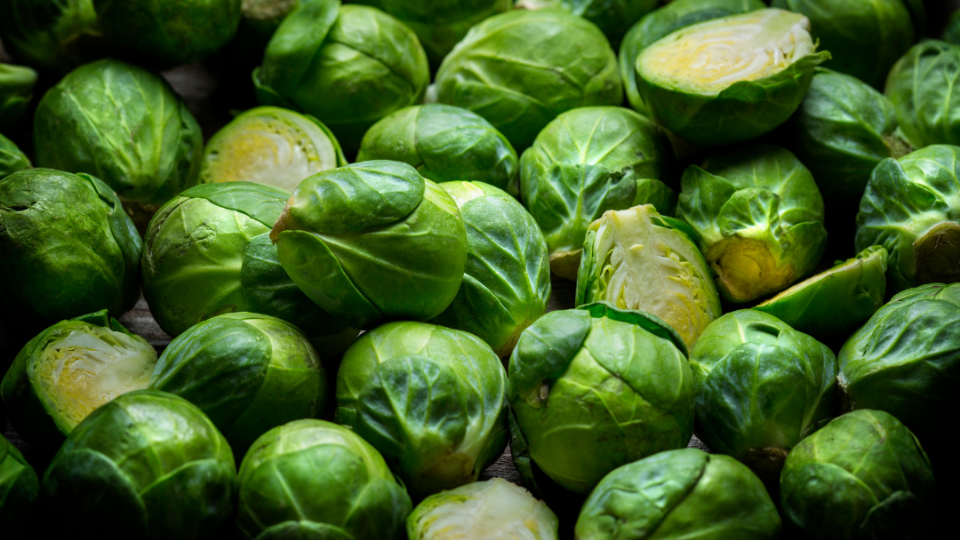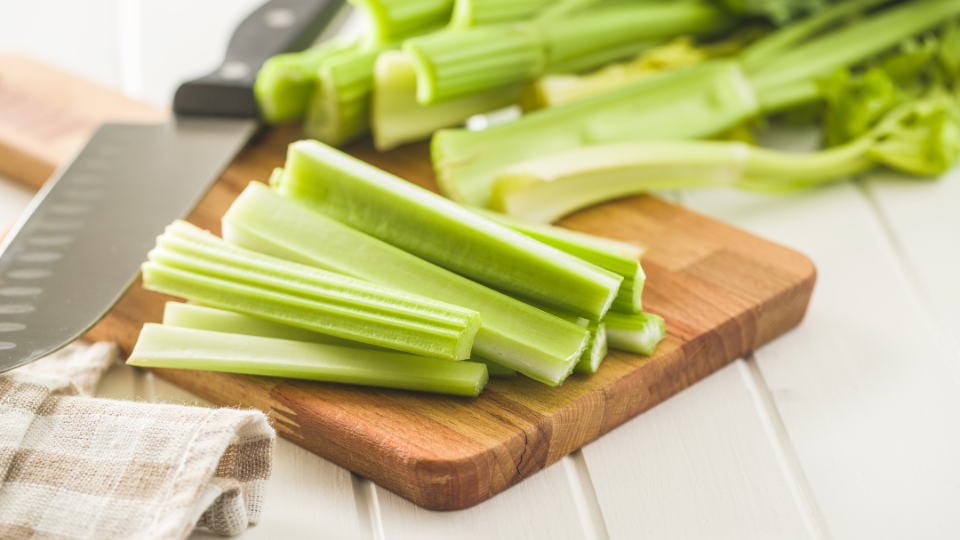Increasing Fiber Intake During Childhood and Adolescence

Fiber is an important part of a healthful diet that provides numerous benefits when adequately consumed. Yet, many individuals do not know what fiber is, let alone how to eat enough. Thus, it is no surprise that fiber has been a dietary concern among children and adolescents for over a decade, with less than 10% of youth meeting recommended fiber intakes (Finn et al., 2019; Kranz et al., 2012; McGill et al., 2015). In this fact sheet, we will discuss what fiber is, along with its health benefits, current recommendations, and strategies for incorporating fiber into your child’s diet.
What Is Fiber?
Dietary fiber is the portion of plant-based foods, such as fruits, vegetables, legumes, seeds, and whole grains, that the body cannot digest (Dahl & Stewart, 2015). Although the body cannot break down fiber the way it does other components of food, fiber still serves many important functions for optimal health. Fiber has three distinct properties: solubility (ability to dissolve in water), fermentability (ability to produce gas), and viscosity (ability to thicken when combined with water), all of which benefit the gastrointestinal (GI) system (Holscher, 2017).Fiber is typically classified as either soluble or insoluble. Soluble fiber is high in fermentability and viscosity, which typically slow down digestion and allow for solid stools to form (Holscher, 2017; Dai & Chau, 2017). The ability to slow down digestion and solidify stool is beneficial for children who struggle with frequent diarrhea. Soluble fiber also provides other overall health benefits by serving as a food source for bacteria in the gut, allowing a healthy bacteria colony to grow. It also binds to cholesterol and sugars in foods, reducing the absorption of them by the body (Abutair et al., 2016; Dai & Chau, 2017; Holscher, 2017; Soliman, 2019).
Insoluble fiber is lower in fermentability and viscosity than soluble fiber. It absorbs substances within the GI system, which helps eliminate waste products and prevent colon conditions, such as diverticulitis or cancer (Dai & Chau; 2017; Holscher, 2017; Wegermann & Roper, 2020). Insoluble fiber also increases fecal bulk, which has a laxative effect on the GI system. As a result, children who are constipated greatly benefit from consuming this type of fiber regularly (Dai & Chau; 2017; Holscher, 2017). Table 1 lists specific food sources of each type of dietary fiber and the associated benefits (Abutair et al., 2016; Dai & Chau, 2017; Holscher, 2017; Mayo Clinic, 2021a; Soliman, 2019; Wegermann & Roper, 2020).
Table 1. Fiber Classifications, Food Examples, and Associated Benefits
| Type of fiber | Food examples | Benefits |
|---|---|---|
| Soluble fiber | Oats, peas, beans, apples (with skin), citrus fruits, pears, berries, carrots, brussels sprouts, broccoli, avocado, barley, and psyllium husk (outer covering of seeds from Plantago plants; common ingredient in fiber supplements) |
|
| Insoluble fiber | Whole wheat flour, wheat bran, popcorn, lentils, blackberries, brown rice, seeds, nuts, beans, cauliflower, green beans, leafy greens, and potatoes |
|
Health Benefits of Fiber for Children and Adolescents
Fiber is also associated with a variety of positive health outcomes. While effects may not be realized until later in life, consuming adequate fiber during childhood and adolescence can play an important role in preventing many chronic diseases in adulthood (Dahl & Stewart, 2015; Kranz et al., 2012). More specifically, adequate fiber intake may assist with:
- Lowering serum cholesterol, lipid levels, and blood pressure (Dahl & Stewart, 2015; Soliman, 2019).
- Reducing chronic inflammation which is often associated with obesity, cardiovascular disease, diabetes, or kidney disease (Bailey & Holscher, 2018; Dahl & Stewart, 2015; Soliman, 2019).
- Decreasing the risk of developing type II diabetes by improving glycemic control (Abutair et al., 2016; Dahl & Stewart, 2015; Kranz et al., 2012).
- Protecting against cancer, especially gastric and colon cancers (Dahl & Stewart, 2015; Soliman, 2019).
- Treating and preventing various GI conditions, including chronic constipation and irritable bowel syndrome (IBS) (Axelrod & Saps, 2018; Dahl & Stewart, 2015; Kranz et al., 2012; Wegermann & Roper, 2020).
- Reducing the risk for becoming overweight or obese (Abutair et al., 2016; Dahl & Stewart, 2015; Kranz et al., 2012).
Just as chronic diseases develop over time and are influenced by lifestyle habits, positive health outcomes require time and consistency. If you prioritize fiber in your child’s diet now, you can positively influence your child’s food preferences into adulthood and offer greater opportunities for your child to experience such benefits throughout life.
Fiber Intake Recommendations
Fiber recommendations vary across age groups beginning at age one. Currently, there is not consensus regarding the exact amount of fiber that is most beneficial during childhood and adolescence. The American Academy of Pediatrics (AAP) recommends children consume their age in years plus 5 grams of fiber daily. For example, if your child is 4 years old, they should consume 4 (age) grams plus 5 more grams for a total of 9 grams of fiber daily (Kranz et al., 2012). Differing recommendations are found in the current U.S. Department of Agriculture’s (USDA) Dietary Guidelines for Americans (2020–2025), displayed in Table 2. These recommendations are based on consuming 14 grams of fiber for every 1,000 calories consumed (U.S. Department of Health and Human Services, 2020). Due to limited studies of fiber intake in children and adolescents, this recommendation is based on studies conducted with adult populations. While fiber supplements like tablets, granules, or pills are available, the AAP recommends that parents instead promote a balanced diet filled with high-fiber grains, fruits, and vegetables to meet your children’s needs instead of increasing fiber through supplementation (Kranz et al., 2012). If you do start to increase the fiber in your child’s diet, it is best to do so gradually to avoid gas, bloating, and other uncomfortable side effects (Cleveland Clinic, 2020). Accomplish this by adding or substituting one new fiber-rich food to your child’s diet each week until the recommendations are met. Offering a fruit or vegetable with each snack and whole grains with most meals can help your child meet their fiber needs.
Table 2. Daily Fiber Recommendations for Children and Adolescents Based on USDA’s 2020-2025 Dietary Guidelines for Americans
| Age | Male | Female |
|---|---|---|
| 12–23 Months | 19 grams | 19 grams |
| 2–3 Years | 14 grams | 14 grams |
| 4–8 Years | 20 grams | 17 grams |
| 9–13 Years | 25 grams | 22 grams |
| 14–18 Years | 31 grams | 25 grams |
Fiber-Rich Foods
Knowing how much fiber your child needs is only helpful if you also understand how to measure the amount of fiber your child eats. Table 3 includes high-fiber foods, their serving sizes, and the amount of fiber in each to provide further insight to reach fiber recommendations (Mayo Clinic, 2021b). Although not all fiber-containing foods are included, you can determine the amount of fiber in other products by examining the Nutrition Facts label found on most food packaging or looking products up using the USDA’s Food Data Central website: https://fdc.nal.usda.gov/.
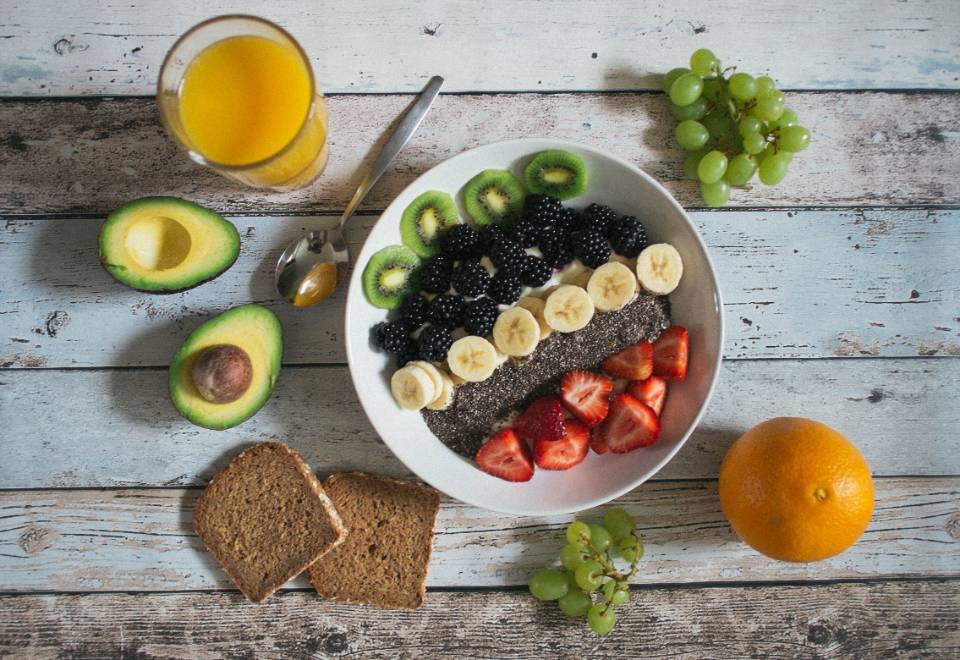
A Variety of High-Fiber Foods. Photo source: Unsplash
Table 3. Amount of Fiber in Common Foods
| Food | Serving size | Amount of fiber |
|---|---|---|
| Oats | 1/2 cup | 2 grams |
| Whole wheat pasta | 1/2 cup | 4 grams |
| Bran flakes | 1/2 cup | 2 grams |
| Brown rice | 1/2 cup | 2 grams |
| Popcorn, air-popped | 1 1/2 cups | 2 grams |
| Lentils | 1/2 cup | 8 grams |
| Black beans | 1/2 cup | 8 grams |
| Chia seeds | 1 tablespoon | 5 grams |
| Almonds | 12 nuts | 2 grams |
| Green peas | 1/2 cup | 4.5 grams |
| Broccoli | 1/2 cup | 2.5 grams |
| Potato, with skin | 1 medium | 4 grams |
| Raspberries | 1/2 cup | 4 grams |
| Pear | 1 medium | 5.5 grams |
| Apple, with skin | 1 medium | 4.5 grams |
Fun Ways to Incorporate Fiber
Children can only experience fiber’s benefits if they eat enough of it, which is often easier said than done. Here are fun ways to help your child eat more fiber:
- Puree berries in a blender and pour them into popsicle molds. Freeze for a few hours and serve as dessert!
- Cut a variety of fruits or vegetables into different shapes and serve with a light dip such as Greek yogurt, peanut butter, or salsa. Make sure to leave the skins on for extra fiber.
- Make your own trail mix using your child’s favorites. Include a variety of nuts, seeds, and dried fruit.
- Introduce your child to whole grains slowly. Low-fat, air-popped popcorn and whole grain cereals are a great place to start!
- Incorporate vegetables into their favorite dishes. Shredded or diced vegetables often go unnoticed in casseroles, pastas, and soups.
- Experiment with adding/substituting whole grain flour, bran, or oats into baked goods. Popular items to modify include muffins, cookies, cobblers, breads, etc.
- Mix chia seeds into smoothies, oatmeal, or granola for an extra boost of fiber. This is an easy way to sneak fiber into common foods if your child is a picky eater.
- Substitute brown rice and whole grain pasta into your meals. At first, it may be easiest to use half white and half whole grain rice or pasta in a dish to help your child accept the change.
Fiber’s Full Circle

Delicious Homemade Fruit Popsicles
Photo source: Unsplash
Found in fruits, vegetables, legumes, seeds, and whole-grain products, fiber is an important part of a healthful diet. Not only does it play a role in alleviating common GI issues such as constipation and diarrhea, but it can also aid in preventing various chronic diseases. With the majority of children falling short in meeting fiber recommendations, it is important to encourage children to eat fiber-rich foods regularly. As you incorporate fiber into your child’s diet, you can positively influence your child’s eating patterns and health outcomes for life.
References
- Abutair, A. S., Naser, I. A., & Hamed, A. T. (2016). Soluble fibers from psyllium improve glycemic response and body weight among diabetes type 2 patients (randomized control trial). Nutrition Journal, 15(1), 86. https://doi.org/10.1186/s12937-016-0207-4
- Axelrod, C. H., & Saps, M. (2018). The role of fiber in the treatment of functional gastrointestinal disorders in children. Nutrients, 10(11), 1650. https://doi.org/10.3390/nu10111650
- Bailey, M. A., & Holscher, H. D. (2018). Microbiome-mediated effects of the Mediterranean diet on inflammation. Advances in Nutrition, 9(3), 193–206. https://doi.org/10.1093/advances/nmy013
- Cleveland Clinic (2020, December 30). How much fiber do children need? Retrieved from https://health.clevelandclinic.org/figuring-dietary-fiber-child-need/
- Dahl, W. J., & Stewart, M. L. (2015). Position of the Academy of Nutrition and Dietetics: Health implications of dietary fiber. Journal of the Academy of Nutrition and Dietetics, 115(11), 1861–1870. https://doi.org/10.1016/j.jand.2015.09.003
- Dai, F. J., & Chau, C. F. (2017). Classification and regulatory perspectives of dietary fiber. Journal of Food and Drug Analysis, 25(1), 37–42. https://doi.org/10.1016/j.jfda.2016.09.006
- Finn, K., Jacquier, E., Kineman, B., Storm, H., & Carvalho, R. (2019). Nutrient intakes and sources of fiber among children with low and high dietary fiber intake: The 2016 feeding infants and toddlers study (FITS), a cross-sectional survey. BMC Pediatrics, 19(1), 446. https://doi.org/10.1186/s12887-019-1822-y
- Holscher H. D. (2017). Dietary fiber and prebiotics and the gastrointestinal microbiota. Gut Microbes, 8(2), 172–184. https://doi.org/10.1080/19490976.2017.1290756
- Kranz, S., Brauchla, M., Slavin, J. L., & Miller, K. B. (2012). What do we know about dietary fiber intake in children and health? The effects of fiber intake on constipation, obesity, and diabetes in children. Advances in Nutrition, 3(1), 47–53. https://doi.org/10.3945/an.111.001362
- Mayo Clinic (2021a). Dietary fiber: Essential for a healthy diet. Retrieved from https://www.mayoclinic.org/healthy-lifestyle/nutrition-and-healthy-eating/in-depth/fiber/art-20043983
- Mayo Clinic (2021b). High Fiber Foods Chart. Retrieved from https://www.mayoclinic.org/healthy-lifestyle/nutrition-and-healthy-eating/in-depth/high-fiber-foods/art-20050948
- McGill, C. R., Fulgoni, V. L., & Devareddy, L. (2015). Ten-year trends in fiber and whole grain intakes and food sources for the United States population: National Health and Nutrition Examination Survey 2001-2010. Nutrients, 7(2), 1119–1130. https://doi.org/10.3390/nu7021119
- Soliman G. A. (2019). Dietary Fiber, atherosclerosis, and cardiovascular disease. Nutrients, 11(5), 1155. https://doi.org/10.3390/nu11051155
- U.S. Department of Health and Human Services. (2020). Dietary Guidelines for Americans, 2020–2025 (9th ed.). U.S. Department of Agriculture. https://www.dietaryguidelines.gov/
- Wegermann, K., & Roper, J. (2020). An insoluble mystery: Fiber and diverticulitis. Gastroenterology, 158(4), 1167–1168. https://doi.org/10.1053/j.gastro.2020.01.020
Authors
Madison Gunter, Dietetics Student; Stacy Bevan, M.S., RD; Casey Coombs, M.S., RD; Mateja Savoie Roskos, Ph.D., MPH, RD, CNP
Related Research







